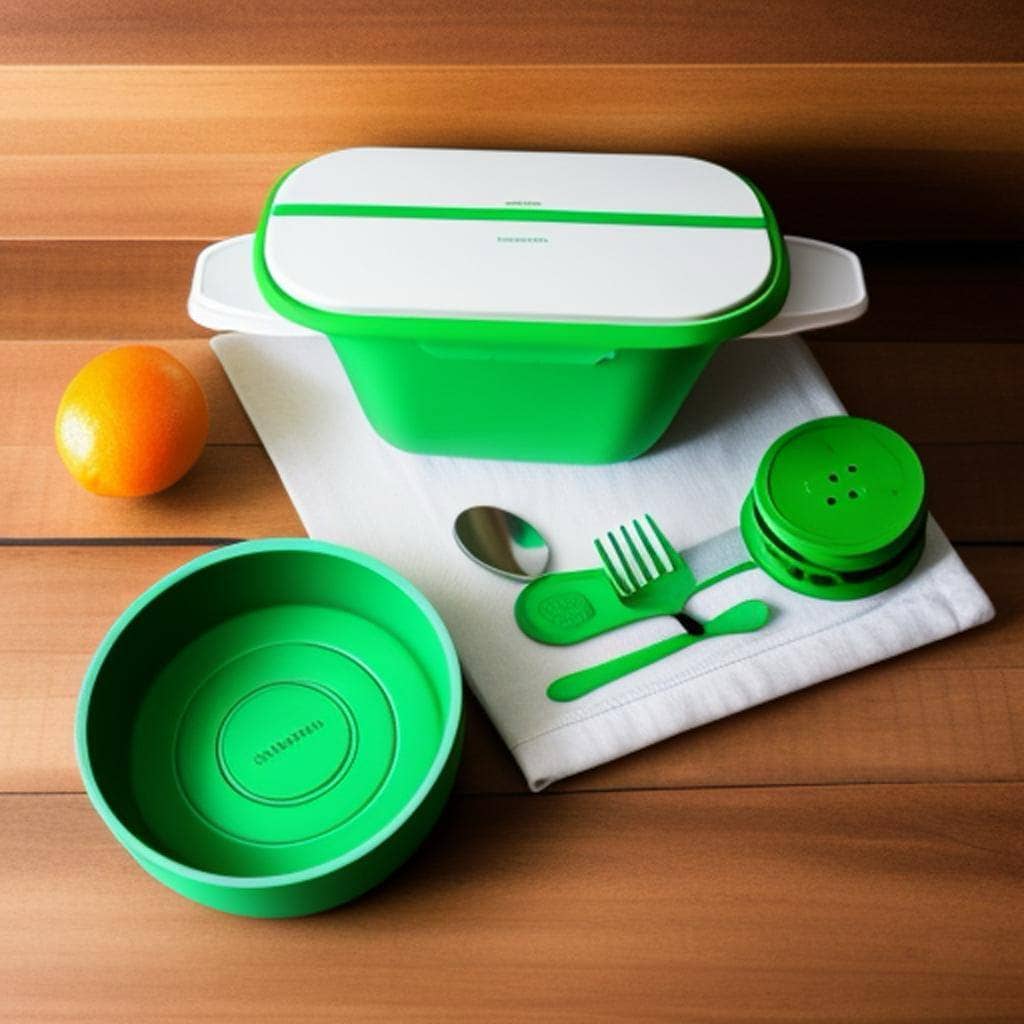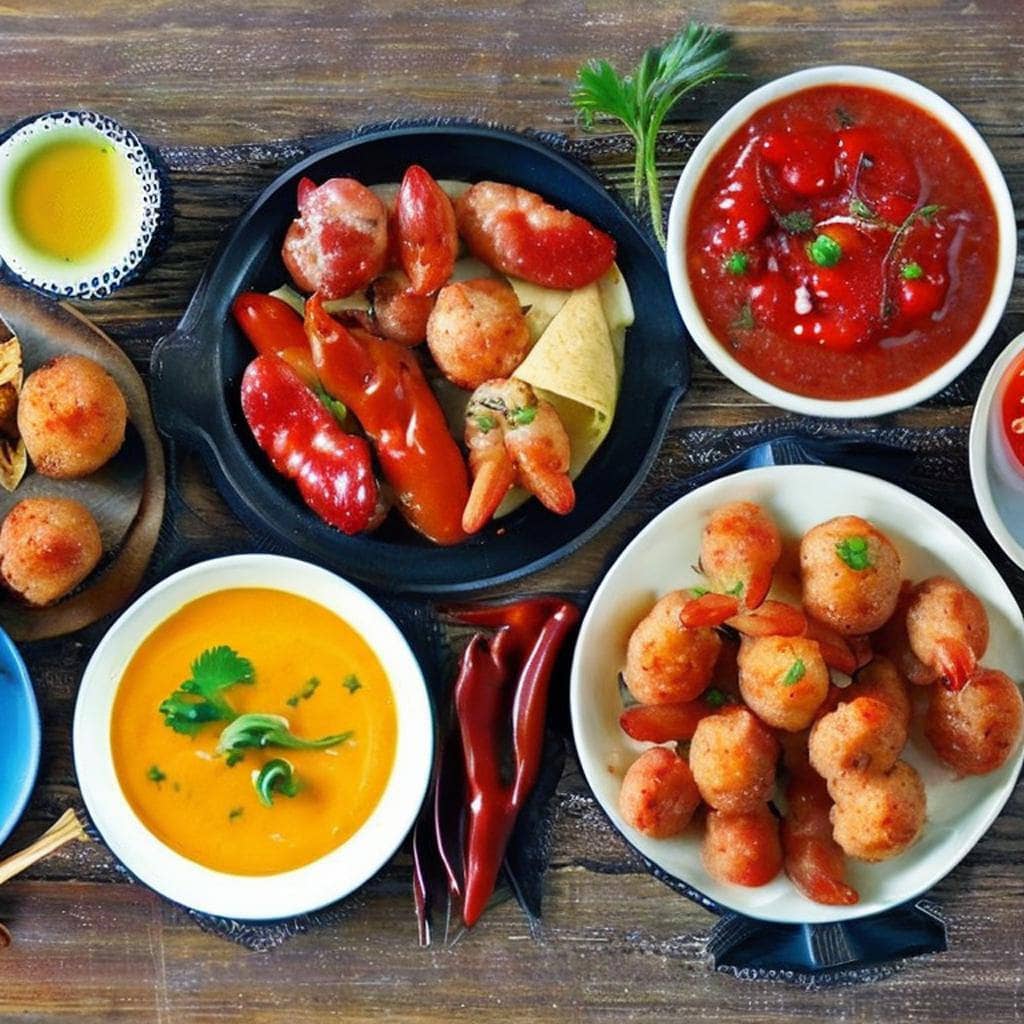
How Artificial Intelligence is Revolutionizing Cooking Efficiency and Accuracy
In recent years, kitchen appliances have undergone a technological revolution, with many appliances now incorporating artificial intelligence (AI) to enhance cooking efficiency and accuracy. From ovens and fryers to microwaves and sous-vide machines, AI is transforming the way we cook and preparing us for a future where the kitchen is more connected and intelligent than ever before.
One of the key ways that AI is being used in kitchen appliances is through the use of sensors and automation. By using sensors to monitor temperature, humidity, and other variables, AI-powered appliances can maintain precise control over the cooking process, ensuring that dishes are cooked to perfection every time.
For example, an AI-powered oven might use sensors to monitor the temperature and humidity inside the oven, adjusting the temperature and airflow as needed to maintain a consistent cooking environment. Similarly, an AI-powered fryer might use sensors to monitor the temperature of the oil, adjusting the heat and cooking time to ensure that food is cooked evenly and to the desired level of doneness.
In addition to sensors and automation, AI is also being used to optimize cooking techniques through the use of data analysis and machine learning. By analyzing data on cooking times, ingredient quantities, and other variables, AI-powered appliances can identify the most effective cooking techniques for a given dish, as well as optimize ingredient usage and portion sizes.
For example, a smart microwave might use machine learning to analyze data on cooking times and power levels, adjusting its settings to ensure that food is cooked evenly and to the desired level of doneness. Similarly, an AI-powered sous-vide machine might analyze data on the cooking times and ingredient quantities used in different recipes, suggesting adjustments to cooking times or ingredient quantities to optimize the dish for a specific cooking environment or equipment.
AI-powered appliances can also improve the safety and hygiene of cooking techniques. By analyzing data on food safety and sanitation, AI can identify potential hazards and take steps to prevent contamination or other food safety issues.
For example, a smart refrigerator might use AI to monitor the temperature of food items and alert the user if a food item is about to expire. Similarly, an AI-powered dishwasher might analyze data on water usage and detergent levels, adjusting its settings to ensure that dishes are cleaned thoroughly and efficiently.
Table summarizing how AI is being used in kitchen appliances to enhance cooking efficiency and accuracy
| AI Application | Description |
| Sensors | Monitor temperature, humidity, and other variables to maintain precise control over the cooking process, ensuring that dishes are cooked to perfection every time. |
| Automation | Adjust temperature, airflow, heat, and cooking time automatically to ensure that food is cooked evenly and to the desired level of doneness. |
| Data analysis | Analyze data on cooking times, ingredient quantities, and other variables to optimize cooking techniques for different dishes and cooking environments, as well as optimize ingredient usage and portion sizes. |
| Machine learning | Use machine learning algorithms to identify the most effective cooking techniques for a given dish and suggest adjustments to cooking times or ingredient quantities to optimize the dish. |
| Safety and hygiene | Analyze data on food safety and sanitation to identify potential hazards and take steps to prevent contamination or other food safety issues, such as alerting the user if a food item is about to expire or adjusting settings to ensure that dishes are cleaned thoroughly and efficiently. |
By using these AI-powered technologies, kitchen appliances can revolutionize the way we cook and eat, enhancing cooking efficiency, accuracy, and safety. As AI continues to develop and evolve, it is likely that we will see even more innovative uses of this technology in the culinary world.
Some examples of AI-powered kitchen appliances include
The June Oven
This smart oven uses sensors and AI to identify the type of food being cooked, adjusting its settings to ensure that the food is cooked evenly and to the desired level of doneness. The oven also features a built-in camera that allows users to monitor the cooking process remotely.
The Anova Precision Cooker
This sous-vide machine uses AI to optimize cooking times and temperatures based on the type of food being cooked, ensuring that food is cooked evenly and to the desired level of doneness. The machine also features a mobile app that allows users to monitor and control the cooking process from their smartphone.
The LG InstaView Refrigerator
This smart refrigerator uses AI to monitor the temperature of food items and alert the user if a food item is about to expire. The refrigerator also features a built-in touchscreen that allows users to access recipes and cooking tips.
AI-powered kitchen appliances are revolutionizing the way we cook and eat, enhancing cooking efficiency, accuracy, and safety. By using sensors, automation, data analysis, and machine learning, these appliances are able to maintain precise control over the cooking process, optimize cooking techniques for different dishes and cooking environments, and ensure that food is safe and hygienic. As AI continues to develop and evolve, it is likely that we will see even
Table summarizing some of the top AI-powered kitchen appliances, along with their pros and cons, and approximate price range
| Appliance | Pros | Cons | Price Range |
| June Oven | Uses AI to identify the type of food being cooked, ensuring even cooking. Built-in camera allows users to monitor the cooking process remotely. | Expensive. Limited capacity. Some users report issues with connectivity. | $599-799 |
| Anova Precision Cooker | Uses AI to optimize cooking times and temperatures for precise sous-vide cooking. Mobile app allows users to monitor and control the cooking process from their smartphone. | Limited to sous-vide cooking. Requires a separate container to hold water. | $199-399 |
| LG InstaView Refrigerator | Uses AI to monitor the temperature of food items and alert the user if a food item is about to expire. Built-in touchscreen provides access to recipes and cooking tips. | Expensive. Limited capacity. Some users report issues with connectivity. | $2,000-4,000 |
| Thermomix TM6 | Uses AI to identify the type of food being cooked and adjust cooking settings accordingly. Includes multiple cooking functions in one appliance, such as chopping, blending, and steaming. | Expensive. Learning curve to fully utilize all functions. Limited capacity. | $1,499-1,699 |
| Brava Oven | Uses AI to monitor temperature and adjust cooking settings accordingly. Multiple cooking functions, including air frying and baking. | Expensive. Limited capacity. Requires separate subscription for recipe access. | $995-1,295 |
These are just a few examples of AI-powered kitchen appliances that are available on the market. While they come with a higher price tag, they offer innovative features and enhanced cooking efficiency and accuracy that can make them worthwhile investments for serious home cooks or professional chefs. As with any appliance, it’s important to consider your individual needs and budget before making a purchase.
Shop tip
AI-Powered Kitchen Appliances On amazon
Are you using AI driven machinery?
Crafted with chatGPT Language Models and Picsart
Heads up! If you’re looking to join Wealthy Affiliate, make sure you sign up using my referral link to get access to my personal coaching and all WA features."







